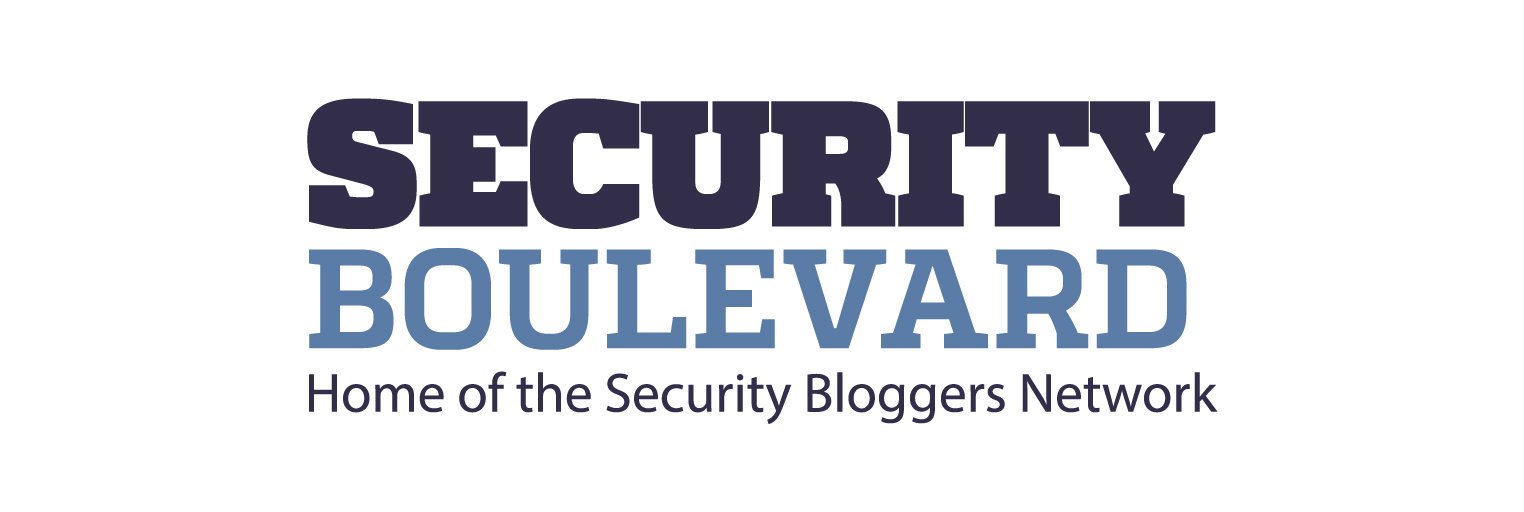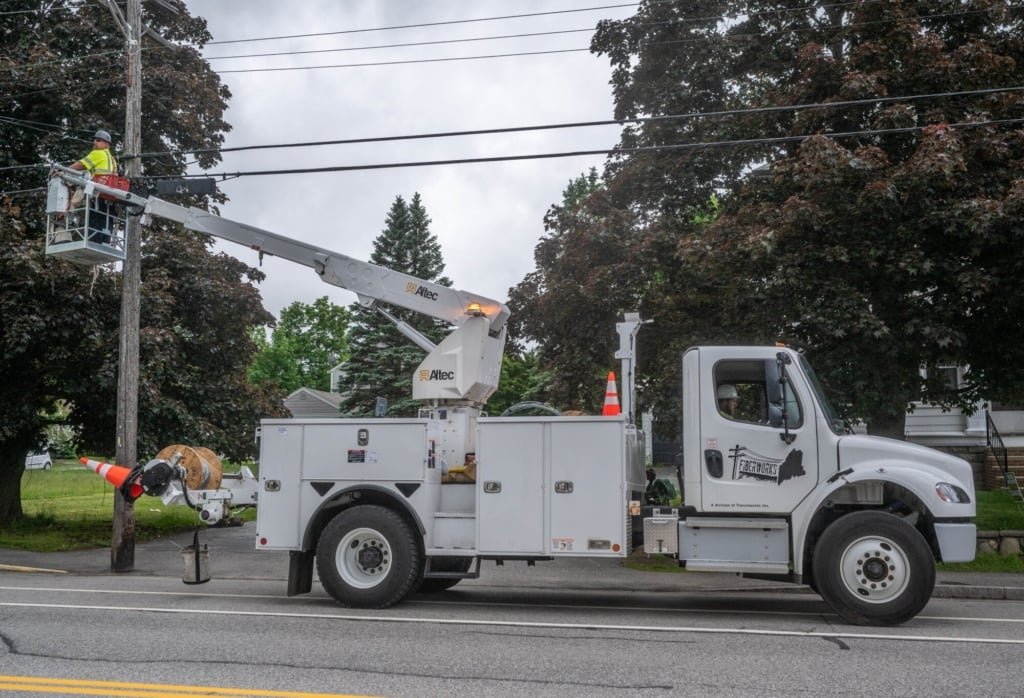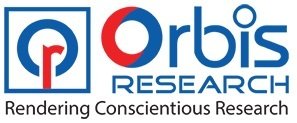Organizations need to discover their internet resources for application and data cybersecurity best practices
Many organizations increasingly rely on Internet-connected assets, such as web applications, cloud services, and remote access systems. The security of these assets is critical, as vulnerabilities can expose companies to cyberattacks and data breaches.
Let’s look at the challenges of identify internet-connected assets and delve into comprehensive security strategies to protect them.
Challenges in identifying Internet-facing resources
- Evolving IT landscapes: As organizations expand and adapt, their IT environments become increasingly complex, making it difficult to maintain a complete and up-to-date inventory of Internet-connected assets. This lack of visibility can lead to security vulnerabilities.
- Shadow IT: Employees can deploy unauthorized devices, applications or cloud services without the knowledge of IT administrators. This phenomenon, known as shadow IT, can expose organizations to risk, as these assets and their interactions may not be adequately protected or monitored.
- Third party dependencies: Many organizations rely on third-party vendors, business partners, or third-party code for assorted features and services, which can introduce additional Internet-facing resources and potential vulnerabilities. Assessing and monitoring the security of these assets can be challenging, and third-party software can pose a risk and contain vulnerabilities.
Holistic approaches to security
The term holistic approach to security invariably makes me think of the works of Douglas Adams, but in reality it refers to comprehensive, integrated strategies that address various aspects of an organization’s security posture. Rather than focusing on individual components or aspects of security, a holistic approach considers the entire system as a whole. These approaches consider technical solutions and encompass people, processes, and policies to create a robust and resilient security framework. By taking a holistic approach, organizations can better identify and manage risk, protect their valuable assets, and minimize the potential impact of cyberattacks and data breaches.
- Resource discovery and inventory: The first step in securing an environment or infrastructure is to identify and catalog your organization’s assets, both on-premises and in the cloud, using automated tools to discover and inventory anything that might be exposed. Regularly update this inventory to account for any changes in your IT environment.
- Vulnerability assessment and management: Perform regular vulnerability assessments to identify potential weaknesses in your Internet resources. Use vulnerability scanners and penetration testing tools to detect and prioritize vulnerabilities. Implement a robust vulnerability management process to track, remediate, and verify resolution of identified vulnerabilities
- Continuous monitoring and incident response: Establish an ongoing monitoring program to detect and respond to security incidents. Leverage Intrusion Detection and Prevention Systems (IDPS), Security Information and Event Management (SIEM) solutions, and Endpoint Detection and Response (EDR) tools to monitor your Internet resources for suspicious activity. Develop a comprehensive incident response plan to address security incidents promptly and effectively.
- Network segmentation and access control: Segment your network to limit access to sensitive data and systems. Implement strong access controls, such as multi-factor authentication (MFA), to ensure that only authorized users can access your Internet-facing resources. Regularly review and update access permissions to minimize the risk of unauthorized access.
- Encryption and data protection: Protect sensitive data stored on your Internet-facing resources using encryption both at rest and in transit. Implement data loss prevention (DLP) solutions to monitor and prevent the unauthorized transmission of sensitive information
- Security awareness and training: Educate employees about the risks associated with Internet-facing resources and the importance of adhering to security policies and procedures. Provide ongoing training to ensure employees stay informed about the latest threats and best practices to safeguard your organization’s assets.
- Third Party Risk Management: Evaluate the security of third-party vendors with access to your Internet resources or provide services that may affect their security. Establish a third-party risk management program to evaluate, monitor and mitigate the risks associated with these vendors.
The TrueFort platform solution
As a comprehensive cloud application and workload security platform that provides real-time visibility and control over applications, workloads, and their dependencies, and while it could be said that our primary focus is application security and workloads, we also help identify Internet connections applications and resources through the following features:
- Application discovery: TrueFort automatically discovers applications and workloads running in your environment, mapping their relationships and dependencies. TrueFort can help identify Internet-connected applications and resources by analyzing communication patterns and network traffic.
- Real-time visibility: TrueFort provides real-time visibility into application and workload behavior, including network connections and traffic patterns. This visibility can help you identify Internet-exposed applications and resources and may require additional security measures.
- Dependency Mapping: TrueForts’ dependency mapping feature allows users to view the relationships between applications, workloads, and their supporting infrastructure. By examining these dependencies, organizations can determine which assets are connected to the Internet and may be at risk.
- Security Policy Management: TrueFort enables enterprises to create and enforce security policies based on the behavior and characteristics of applications and workloads. By implementing policies that restrict access to unapproved (or validated) Internet resources, they can better control and manage the exposure of these activities.
- Continuous monitoring: TrueFort continuously monitors the behavior of applications and workloads and their network communications. This continuous monitoring helps detect any changes or anomalies that could indicate a previously unidentified internet-connected asset or a change in the exposure of an existing asset. By being alerted to such communications, security teams can act quickly to protect affected assets.
- Integration with existing security tools: TrueFort can integrate with existing security tools and infrastructure, such as firewalls, through existing agents such as Crowdstrike and SentinelOne. By leveraging these integrations, organizations gain a more complete view of Internet-connected resources and ensure they are adequately protected.
- Risk assessment and prioritization: The TrueFort platform can assess the risk associated with applications and workloads based on their behavior, vulnerabilities and network exposure. By prioritizing risks related to internet-facing assets, organizations can focus security efforts on the most critical assets and vulnerabilities.
While the primary focus of TrueFort is the protection of cloud applications and workloads, our features also help organizations identify web-facing applications and resources by providing real-time visibility, dependency mapping, continuous monitoring, and integration with existing security tools. By leveraging these capabilities, organizations can better manage and secure assets, reducing the risk of cyberattacks and data breaches.
Additional security measures
There are several proactive steps organizations can take now, regardless of their knowledge of their Internet resources, that represent solid security strategies for the future. These are, one might say, a byproduct of using a visibility solution like ours to identify and protect exposed assets.
- Embrace Zero Trust Principles: Zero trust is an approach to security that assumes that all users, devices, and traffic are potentially untrustworthy. Implement zero trust principles by verifying the identity and security status of every user, application, and device before granting access to your internet-facing resources.
- Implement workload protection in the cloud: For cloud-hosted resources, deploy Cloud Workload Protection Platforms (CWPPs) to protect and monitor workloads across various cloud environments. These platforms can help prevent unauthorized access, detect threats, and ensure compliance with security policies and regulations.
- Lateral motion control: Limit the ability of attackers to move laterally through your infrastructure by implementing measures such as network segmentation, micro-segmentation, and least privilege access controls. By controlling lateral movement, you can contain potential violations and minimize the impact of security incidents.
- Mitigating Software Supply Chain Attacks: Software supply chain attacks can compromise your Internet resources by exploiting vulnerabilities in third-party software or components. To mitigate these risks, ensure you use reputable vendors, verify the integrity of software components, and implement robust patch management processes.
- Ransomware Island: In the event of a ransomware attack, isolate affected systems and Internet-connected resources with proactive segmentation to prevent encryption from spreading and minimize damage. Implement a robust backup and recovery strategy to enable your organization to quickly recover from ransomware attacks without paying ransoms.
Identifying and protecting internet-connected assets is a complex but essential task for organizations in the digital age. By addressing the challenges associated with asset tracking and implementing comprehensive security strategies, businesses can protect their valuable assets and minimize the risk of cyberattacks and data breaches. Adopting a holistic approach that includes asset discovery, vulnerability management, continuous monitoring, and robust security measures, such as zero trust, cloud workload protection, and lateral movement control, can dramatically improve the level of security of your organization’s web-facing resources is significant.
The post How to Discover Your Internet-Facing Assets appeared first on TrueFort.
*** This is a blog published by TrueFort on the Security Bloggers Network and written by Nik Hewitt. Read the original post at: https://truefort.com/internet-facing-assets/
#discover #resources #connected #Internet




